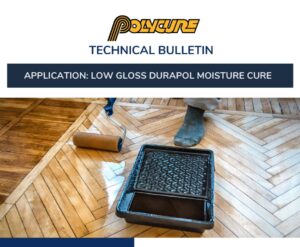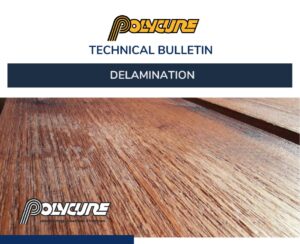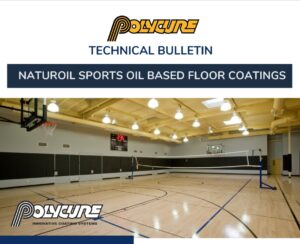The best coating system will depend upon a number of factors and will vary from job to job. Refer to the table below for further guidelines on which factors must be considered and recommended systems for these situations.
| Solvent Based Polyurethane | Oil Based Coating | Water Based Coating | |
| Substrate to be Coated | Timber, Parquetry, Cork & Concrete | Timber & Parquetry | Timber, Parquetry & Cork |
| Appearance on Timber | Deep protective wear layer | Enhances grain appearance | Protective wear layer |
| Colour on Timber | Rich & Dark | Deep & Dark Colour | Natural Colour |
| Gloss Level Available | Gloss, Semi-Gloss, Satin & Matt | Gloss & Satin | Gloss, Satin & Matt |
| Durability | Excellent | Moderate | Very Good |
| Time Between Coat | 8 Hours (shorter with DURAPOL Accelerator Additive) | 24 Hours | 2-4 Hours |
| Disruption to Occupants | High | Moderate | Minimal |
| Recoat Time Frame | 4-8 Years | 2-3 Years | 5-6 Years |
| Maintenance | Regular Cleaning | Regular Cleaning/Recoat When Needed | Regular Cleaning & Maintenance |
| Suitable Applications | Commercial Domestic | Domestic & Sports Floors | Commercial, Domestic & Sports Floors |















